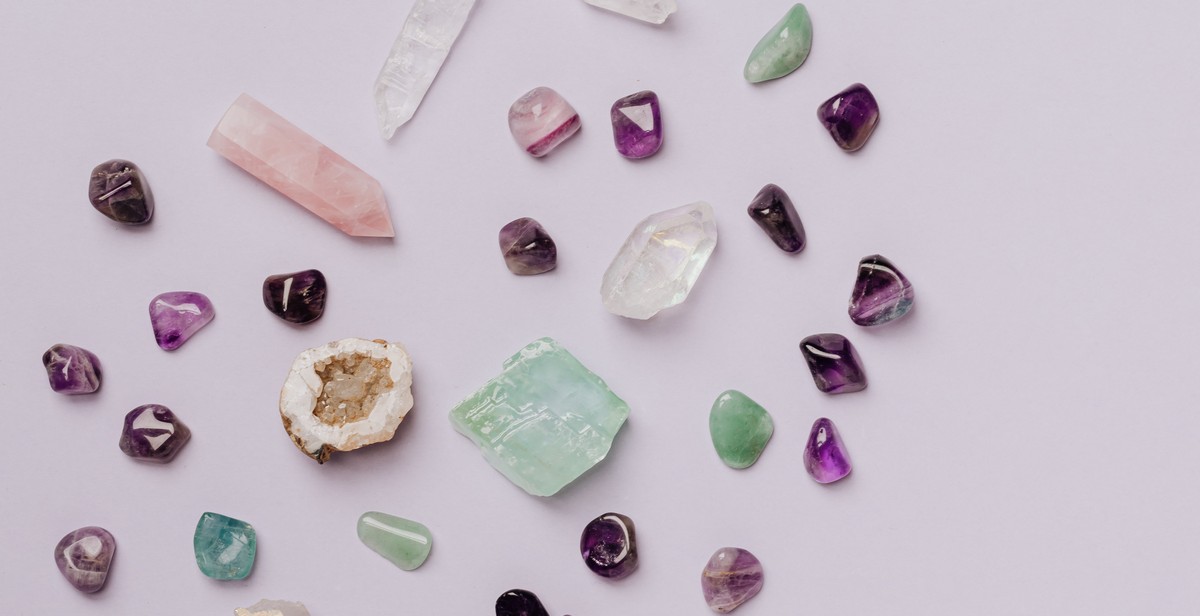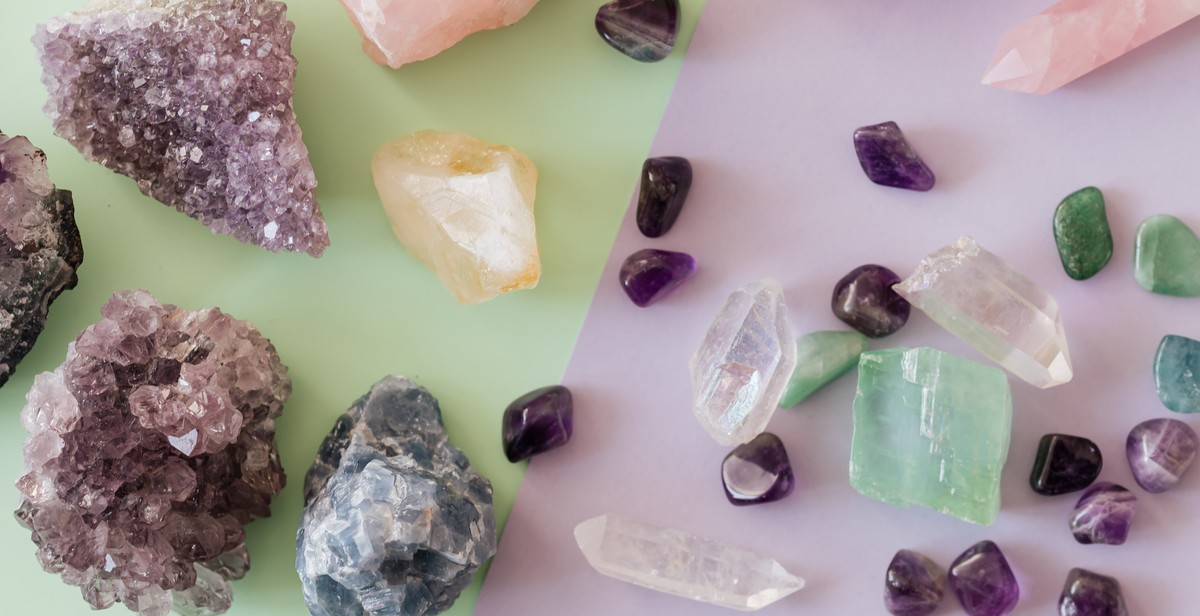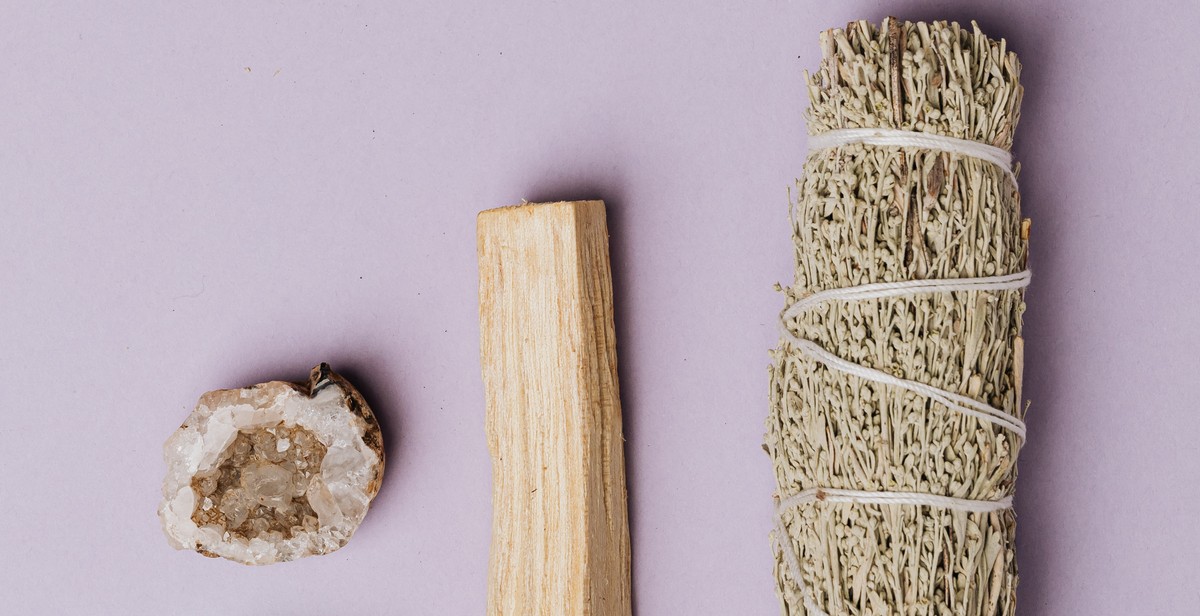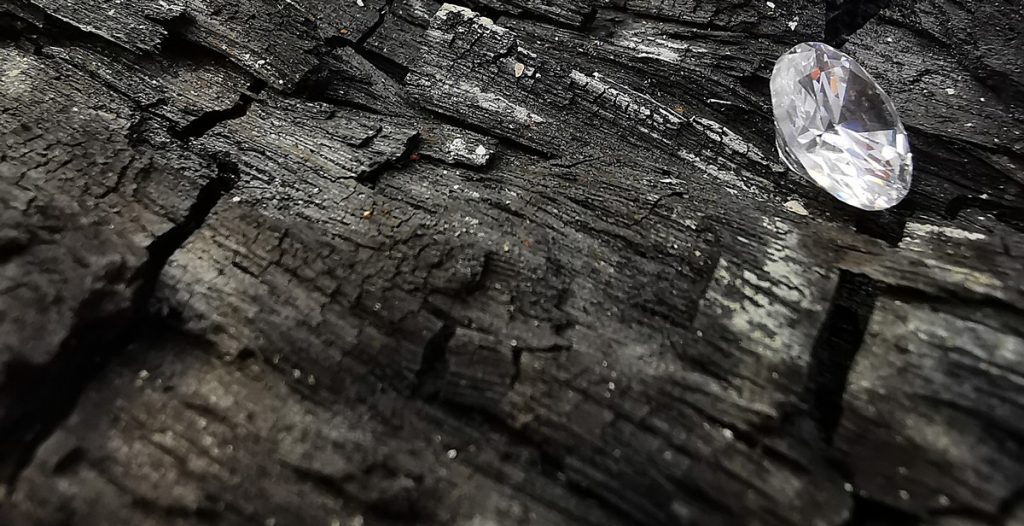The Beauty of Rough Gemstones: Understanding Their Natural Forms and Textures
Gemstones have been admired and cherished for centuries for their beauty, rarity, and value. While most people are familiar with polished gemstones, rough gemstones are equally fascinating. A rough gemstone is a mineral crystal that has not been cut, polished or altered in any way. It is in its natural form, with its unique texture and shape.
Raw gemstones can be found in various places, including mines, rivers, and volcanic rocks. They come in different colors, sizes, and shapes, and each has its unique properties. Some of the most popular rough gemstones are diamonds, rubies, sapphires, emeralds, and opals.
The Appeal of Rough Gemstones
Rough gemstones have a natural beauty that polished stones cannot replicate. Their unique shapes and textures make them one-of-a-kind, and collectors often seek them out for their rarity and individuality. In addition, rough gemstones are often less expensive than their polished counterparts, making them an affordable option for jewelry makers and collectors.
Understanding the Value of Rough Gemstones
The value of a rough gemstone is determined by several factors, including its rarity, color, clarity, and size. Some rough gemstones are more valuable in their natural form than when they are cut and polished. For example, a rough diamond with a unique shape or color can be worth more than a polished diamond of the same size and weight.
Overall, rough gemstones are a fascinating aspect of the world of gemstones. Understanding their natural forms and textures can help us appreciate their beauty and value.

The Natural Forms of Rough Gemstones
Rough gemstones come in various natural forms and textures, each with its unique characteristics that make them stand out. Understanding these forms can help you appreciate the beauty of rough gemstones and choose the right ones for your jewelry collection. Here are some of the natural forms of rough gemstones:
Crystal Formations
Crystal formations are perhaps the most recognizable natural form of rough gemstones. They are formed when minerals crystallize and grow in a specific pattern. Some of the most common crystal formations include cubic, hexagonal, and triclinic. Examples of gemstones that form crystals include diamonds, emeralds, and rubies.
Polycrystalline and Aggregates
Polycrystalline and aggregates are rough gemstones that are made up of multiple crystals that have grown together. They can have a granular or bumpy texture and are often opaque. Examples of gemstones that form polycrystalline and aggregates include opals, lapis lazuli, and turquoise.
Nodular and Botryoidal
Nodular and botryoidal rough gemstones have a rounded, lumpy shape that resembles a bunch of grapes or a cluster of bubbles. They are formed when minerals grow around a nucleus in a specific pattern. Examples of gemstones that form nodular and botryoidal shapes include malachite, chrysocolla, and hematite.
Massive and Compact
Massive and compact rough gemstones are solid and dense with no visible crystal formations. They have a smooth texture and are often opaque. Examples of gemstones that form massive and compact shapes include jasper, onyx, and obsidian.
| Gemstone | Natural Form |
|---|---|
| Diamond | Crystal Formation |
| Opal | Polycrystalline and Aggregates |
| Malachite | Nodular and Botryoidal |
| Jasper | Massive and Compact |
Understanding the natural forms of rough gemstones can help you appreciate their unique beauty and choose the right ones for your jewelry collection. Whether you prefer crystal formations or nodular shapes, there is a rough gemstone that will capture your heart.

The Textures of Rough Gemstones
When we think of gemstones, we often imagine them as smooth, polished, and sparkling. However, before they are cut and polished, gemstones come in a variety of natural textures that add to their unique beauty. In this section, we will explore the different textures of rough gemstones.
Smooth and Glassy
Some gemstones have a smooth and glassy texture, which is a result of their formation process. These gemstones are formed from molten rock, and as the rock cools and solidifies, it creates a smooth and glassy surface. Examples of gemstones with this texture include obsidian, which is a volcanic glass, and moldavite, which is formed from a meteorite impact.
Rough and Grainy
Other gemstones have a rough and grainy texture, which is caused by the presence of mineral inclusions or impurities. These gemstones are formed under high pressure and temperature, which can create a rough and textured surface. Examples of gemstones with this texture include garnet, which often has a grainy texture due to the presence of other minerals, and diamond, which can have a rough and textured surface due to its natural crystal structure.
Porcelain and Waxy
Some gemstones have a porcelain or waxy texture, which is caused by the presence of clay or other minerals. These gemstones are formed in sedimentary rocks, and as the rock erodes and weathers, it can create a smooth and porcelain-like surface. Examples of gemstones with this texture include chrysoprase, which has a waxy texture due to the presence of silica, and serpentine, which has a porcelain-like texture due to the presence of clay minerals.
Fibrous and Fissured
Finally, some gemstones have a fibrous or fissured texture, which is caused by the presence of long, thin fibers or cracks. These gemstones are often formed from natural fibers or minerals that have been compressed over time. Examples of gemstones with this texture include tiger’s eye, which has a fibrous texture due to the presence of asbestos fibers, and turquoise, which can have a fissured surface due to its natural veins and inclusions.
| Gemstone | Texture |
|---|---|
| Obsidian | Smooth and Glassy |
| Diamond | Rough and Grainy |
| Chrysoprase | Porcelain and Waxy |
| Tiger’s Eye | Fibrous and Fissured |

The Beauty of Rough Gemstones: Understanding Their Natural Forms and Textures
Rough gemstones are a marvel of nature, with their unique forms and textures that make them stand out from the polished and cut stones that we’re used to seeing. They’re a testament to the raw beauty that can be found in the earth, and they offer a glimpse into the geological processes that created them. Here are some of the reasons why rough gemstones are so captivating:
Natural Colors
One of the most striking features of rough gemstones is their natural colors. Unlike the uniform hues of polished stones, rough gems often have a range of colors and shades that blend and contrast in unpredictable ways. This is because the minerals that make up the gemstones can have different chemical compositions and impurities, which result in a variety of colors. For example, a rough amethyst can have patches of deep purple, pale lavender, and even white or brown.
Unique Inclusions
Rough gemstones also have unique inclusions that add to their charm. Inclusions are naturally occurring imperfections within the stone, such as cracks, bubbles, or mineral deposits. While they might be considered flaws in polished stones, inclusions can enhance the character and beauty of rough gems. For instance, a rough diamond might have a black carbon inclusion that looks like a tiny galaxy within the stone.
Unpredictable Patterns
The patterns and textures of rough gemstones are unpredictable and fascinating. They can be caused by the way the minerals formed, the pressure and temperature they were exposed to, or the way they were mined. Some rough gems have intricate patterns that resemble landscapes or abstract art, while others have a more organic and chaotic appearance. No two rough gemstones are exactly alike, which makes them truly one-of-a-kind.
One-of-a-Kind Pieces
Because of their unique characteristics, rough gemstones are often used in one-of-a-kind pieces of jewelry. They’re prized by collectors and designers who appreciate their natural beauty and want to create pieces that are truly unique. Rough gems can be set in their natural state or cut and polished to highlight their best features. Either way, they add a touch of authenticity and individuality to any piece of jewelry.
| Features | Description |
|---|---|
| Natural Colors | A range of colors and shades that blend and contrast in unpredictable ways. |
| Unique Inclusions | Naturally occurring imperfections within the stone that can enhance the character and beauty of rough gems. |
| Unpredictable Patterns | The patterns and textures of rough gemstones are unpredictable and fascinating. |
| One-of-a-Kind Pieces | Rough gems can be set in their natural state or cut and polished to highlight their best features, adding a touch of authenticity and individuality to any piece of jewelry. |
Conclusion
In conclusion, rough gemstones are a gift from nature that come in a variety of natural forms and textures. They are not only beautiful but also have a rich history and cultural significance. Understanding the natural forms and textures of rough gemstones can help you appreciate their uniqueness and value.
When purchasing rough gemstones, it is important to consider the quality, color, cut, and clarity. You should also be aware of any treatments or enhancements that may have been applied to the gemstone.
Whether you are a gemstone collector, jeweler, or simply appreciate the beauty of nature, rough gemstones offer a unique and fascinating world to explore. With their natural forms and textures, they are a testament to the beauty and diversity of the natural world.
Key Takeaways
- Rough gemstones come in a variety of natural forms and textures.
- Understanding the natural forms and textures of rough gemstones can help you appreciate their uniqueness and value.
- When purchasing rough gemstones, it is important to consider the quality, color, cut, and clarity.
- Rough gemstones offer a unique and fascinating world to explore.
Further Reading
If you are interested in learning more about rough gemstones, we recommend the following resources:
- Gem Education – Gemological Institute of America (GIA)
- Rough Gemstones – GemSelect
- Rough Gemstones – International Gem Society
| Gemstone | Natural Forms and Textures |
|---|---|
| Diamond | Cubic, octahedral, dodecahedral, macle |
| Ruby | Hexagonal prisms, tabular, rhombohedral, spherical |
| Sapphire | Hexagonal prisms, tabular, rhombohedral, spherical |
| Emerald | Hexagonal prisms, tabular, rhombohedral, prismatic |
| Amethyst | Prismatic, pyramidal, rhombohedral |

